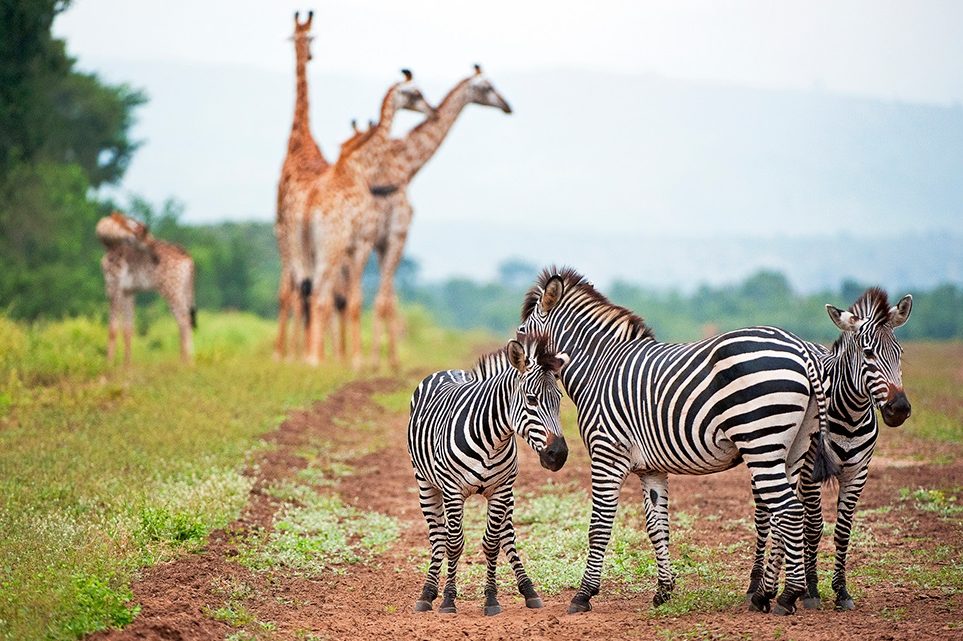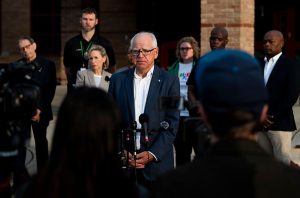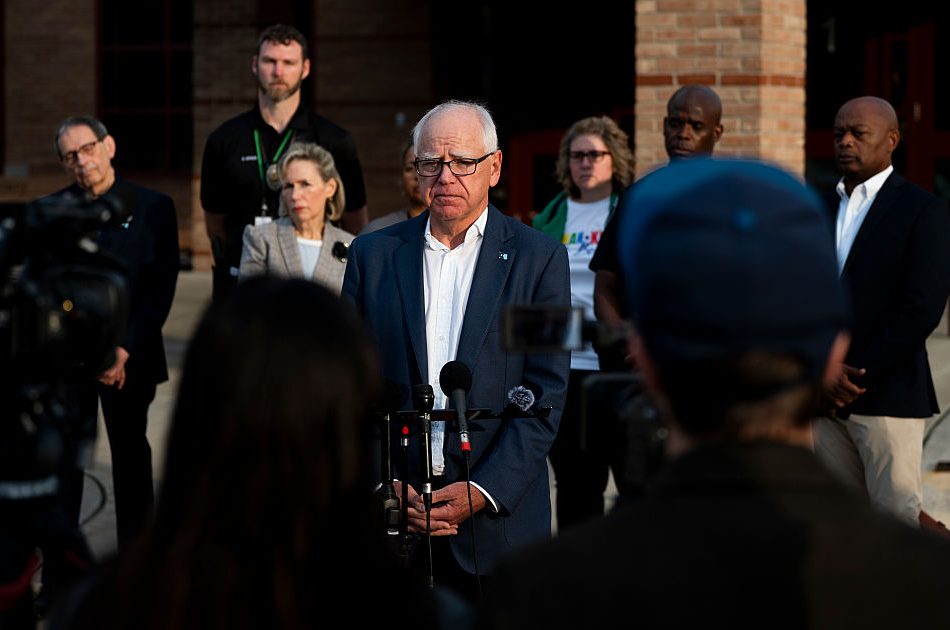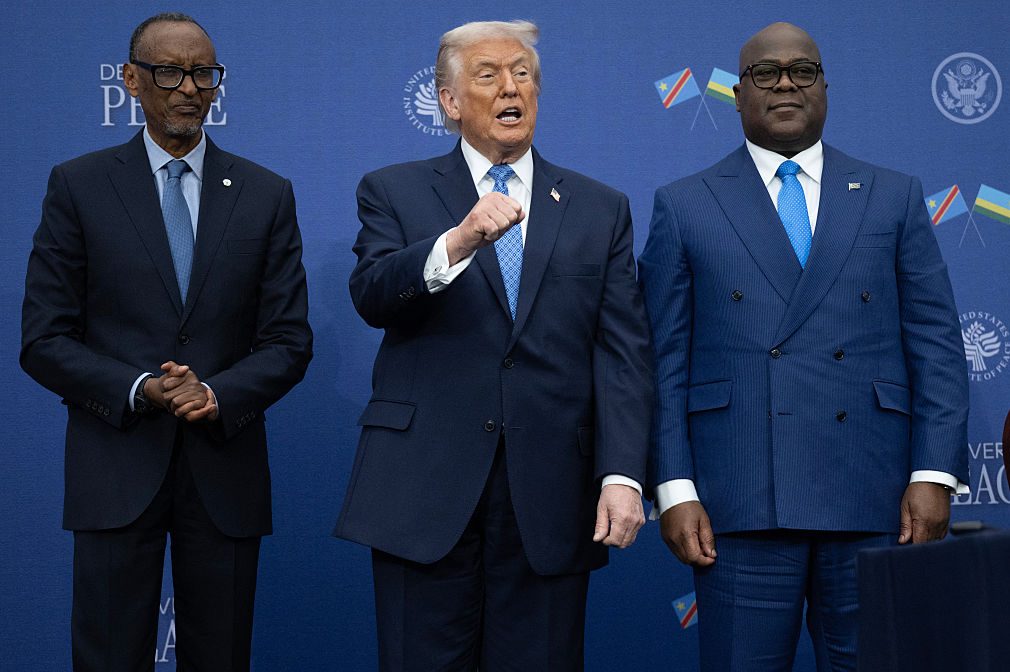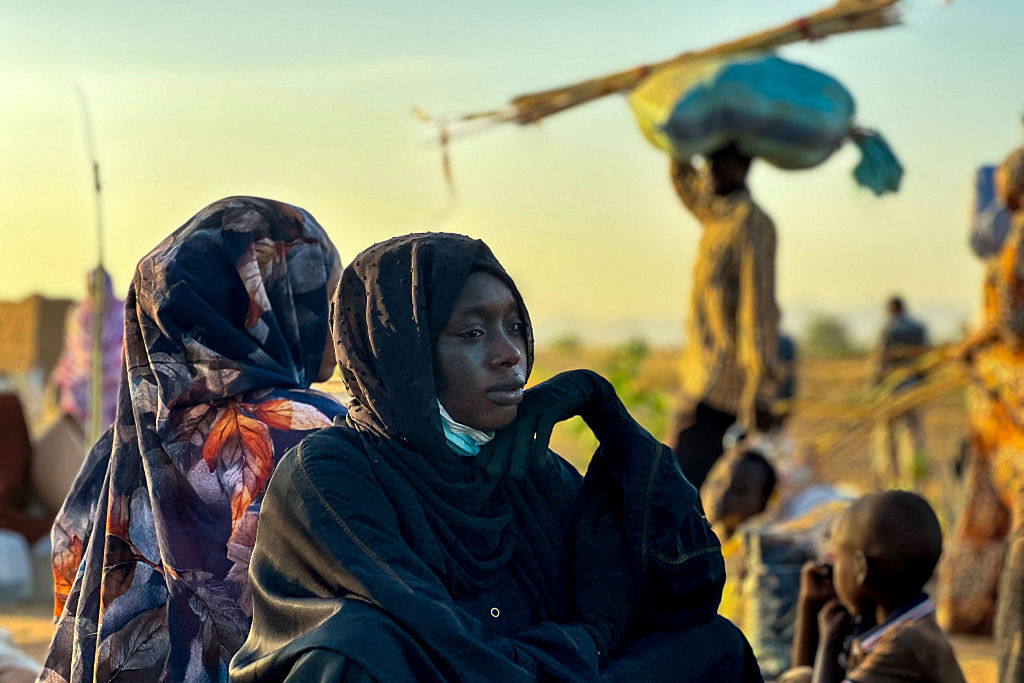Lake Malawi
As we speed southwards along the potholed road near Lake Malawi’s shores, I tell my colleague Helen that overpopulation in Africa is just a myth. On either side of the road is an unbroken procession of women carrying firewood on their heads, of barefoot children, of poor men on bicycles, avenues of huts, suicidal goats, blighted crops and dusty lands rising towards distant, once–forested hills. Malawi had four million people at independence from Britain in 1964 and today it’s five times that number. It may look like a land that has eaten itself — but it’s going to be all right, I say.
Africa is getting richer, healthier, more enterprising and more conscious of conserving its natural resources
When the British hunter Harald Swayne set off inland from the coast of Somaliland in the Horn of Africa in 1887, within sight of the sea he shot his first tusker elephant. Every-where he trekked, Swayne found an abundance of lions, rhinos, oryx, kudu, antelope and wild asses. On the endless grasslands he encountered tawny-coated hartebeest that moved in immense herds of thousands. He wrote: “When we shot one, the plain was covered with a line of swiftly galloping animals, a mile or two in length, half obscured in clouds of red dust and flying turf.”
As a child in the early 1970s I spent holidays in Somaliland, where my father was working, and my elder brother and I acquired a pet warthog. She was as a well-trained dog and accompanied us for walks out in the forested hills above Berbera, where we frequently encountered wildlife. At night we often heard lion. As a Reuters correspondent in 1990s Somalia, while covering bush battles I occasionally still heard lion at night and observed game tracks, even elephant, in the remote places. Local people had gazelles as pets and elders wore leopard-skin slippers.
These days when I visit Somalia there is almost no wildlife surviving at all — of any type of species. The forests, once a paradise of diversity for visiting botanists, have been cut down to make charcoal for export to the UAE, where the Arabs like to barbecue their goat meat on Africa’s aromatic acacia embers. I imagine there are still interesting species of birds out there but I have seen none, only great murders of Indian house crows. Swayne’s grasslands have disappeared, to be replaced by plagues of cactus together with plastic bottles clogging the wadis and polytene bags fluttering in the thorn trees. Today there are fewer than 1,000 of Swayne’s hartebeest, the victims of rinderpest, guns and hungry, multiplying people.
I used to believe that Africa was suffering a population time-bomb. On our farm in Kenya, over two decades ago, I employed an elderly cattle herder called Njuguna, who had three wives and eighteen children. His life was hell, pretty much, because he had decided he’d like to educate his offspring. To achieve this he begged from me, stole the sheep he was supposed to be shepherding, and drank heavily to get over the stress of it all. Early this century, my farm manager’s grandfather died and the man’s funeral program claimed that he had produced 750 descendants.
Twenty years later, several of Njuguna’s sons work on the farm and they are all married, but the new generation are having few children. They try hard to educate their children but they can’t afford it if they have more than two or three kids. Who could have known it, but probably the greatest contribution of British prime minister Boris Johnson made to the world was his immense support for girls’ education in poor countries. Send a girl to secondary school and she will tend to marry later and have fewer children — even if she sits her exams while pregnant or with a small child. As Boris said, these are women who could be “titans of industry or scientific pioneers” if given the chance at school.
On the ground in our corner of Kenya’s countryside, we are indeed starting to see the changes brought about by more education — a rapid decline in fertility that may one day reflect the journey towards demographic decline seen elsewhere in the world. Africa’s demographic explosion is because of longevity, rather than birth rates. The UN predicts that by 2100, Africa could have a population of four billion — a third of the world’s people — but many believe this is not going to happen. Africa is getting richer, healthier, more enterprising, more conscious of conserving its natural resources. It’s going to be OK.
This article was originally published in The Spectator’s UK magazine. Subscribe to the World edition here.



